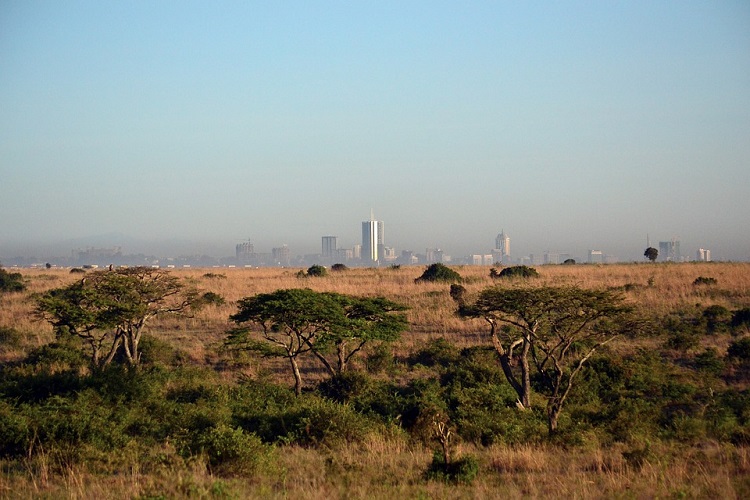Land price per acre in Nairobi’s suburbs rose by 1.6 percent in the second quarter, slightly slower compared to a growth of 1.7 percent in quarter one, while the satellite towns saw their prices appreciate by 1.25 percent, slowing down from a growth of 2.4 percent seen in the previous period.
All 18 suburbs surveyed in Nairobi returned positive price movement in the quarter. However, Spring Valley (2.3 percent) and Parklands (2.2 percent) were the only two suburbs with a price gain of more than 2 percent.
In contrast, eight suburbs achieved land price growth of more than two percent in the first quarter, led by Spring Valley at 3.7 percent.
“The Nairobi suburbs have shown consistency in price movement, allowing them to overtake satellite towns in quarterly price growth for the first time in five years. Demand for standalone house units also bodes well for land prices in low-density estates, complementing the city’s bright apartment development hotspots,” said Ms. Sakina Hassanali, Co-CEO & Creative Director at HassConsult.
Nairobi’s satellite towns, meanwhile, recorded their slowest expansion in two years, largely due to slower gains of 2.8 percent in Kiserian compared to five percent in quarter one, 3.6 percent in Juja from 4.6 percent previously, and negative 0.2 percent in Thika from 4.6 percent in the first quarter.
As economic conditions become tougher for the middle and upper middle class, the previously high demand for land in Nairobi’s outlying areas, where prices were within reach of private home developers, is waning, leading to lower growth in areas such as Kiserian, Kitengela, Ngong, Ongata Rongai, Juja, and Thika.
“Developers are also keeping an eye on potential oversupply of apartments in these satellite areas, which has started to manifest in stagnant rental prices and falling sales prices for units in a majority of the towns,” added Ms. Hassanali.
The Nairobi satellite towns are also coming off six straight quarters of strong price growth. Annual price increases touched seven-year highs of 12.5 percent on average last year, hence the cooling off in growth this year.
Related Content: Landlords Urged To Take Advantage Of KRA’s eRITS Platform













